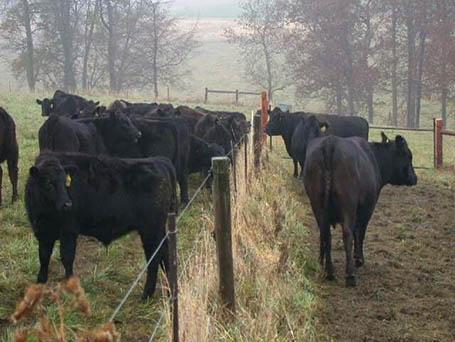Weed of the Month: Nodding Thistle
 Other names: Nodding Thistle
Other names: Nodding Thistle
Life Cycle: Biennial or winter annual; only reproduces by seed.
Description: Musk thistle plants typically germinate in the fall from seed and form a rosette. New plants can also germinate in the spring. The leaves are smooth (no hairs on the upper or lower leaf surface) with a prominent midvein. During May to early June, flower stalks begin to elongate, which can become 4 to 6 feet tall. The alternate leaves attached to the stalk are often lobed with spines along the leaf margins. Large purple to rose color disk flowers begin to develop in late May and June and are often bent over or "nodding." Plants with flowers die naturally in mid-summer after most flower heads become fully mature and new seeds have formed.
Control: Effective control efforts should focus on preventing new seed production, whether using mechanical means, cultural practices, or chemical control methods. Mechanical control is most effective when plants are mowed or hand-removed just before new flowers begin to emerge in late spring. Cultural practices should consist of management strategies throughout the year to establish and maintain a healthy stand of forage grasses. Thistles are more likely to germinate and be more prominent in field areas with thin vegetative growth and bare soil. Herbicide options included products such as 2,4-D, Weedmaster, and ForeFront (consult product labels for precautions and use rates). Best time of year for herbicide application is in late fall (November) after new seedling rosettes have formed or applied in the early spring (March to early April) on smaller rosettes. Fall herbicide applications should target areas where thistles were a problem the previous season. Plants that have developed larger rosettes in the spring or with emerged flower stalks are harder to control and will require higher herbicide rates. The Thistle Head Weevil is a biological control agent that can also reduce the amount of new seed produced by musk thistle plants. This insect released in the 1970s can now be observed across many areas of Kentucky.
Categories:
Summer
Weed Control


